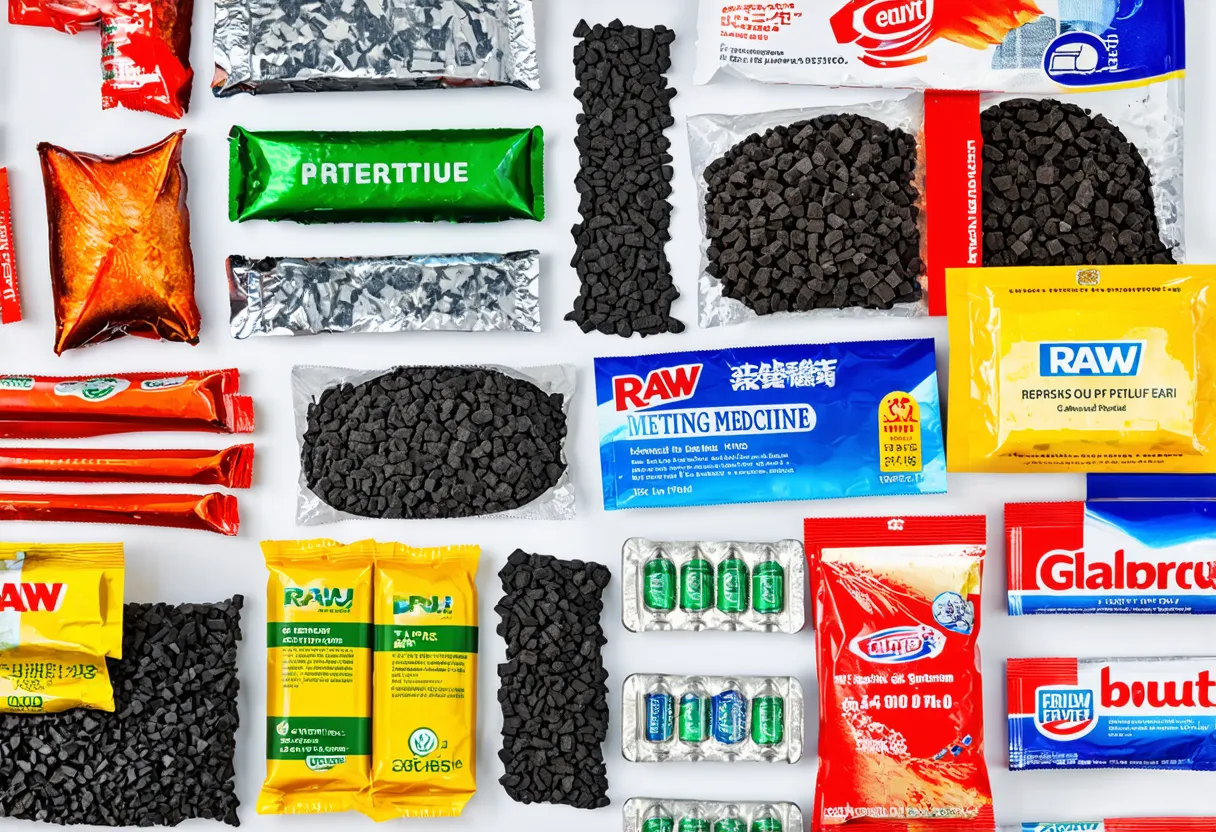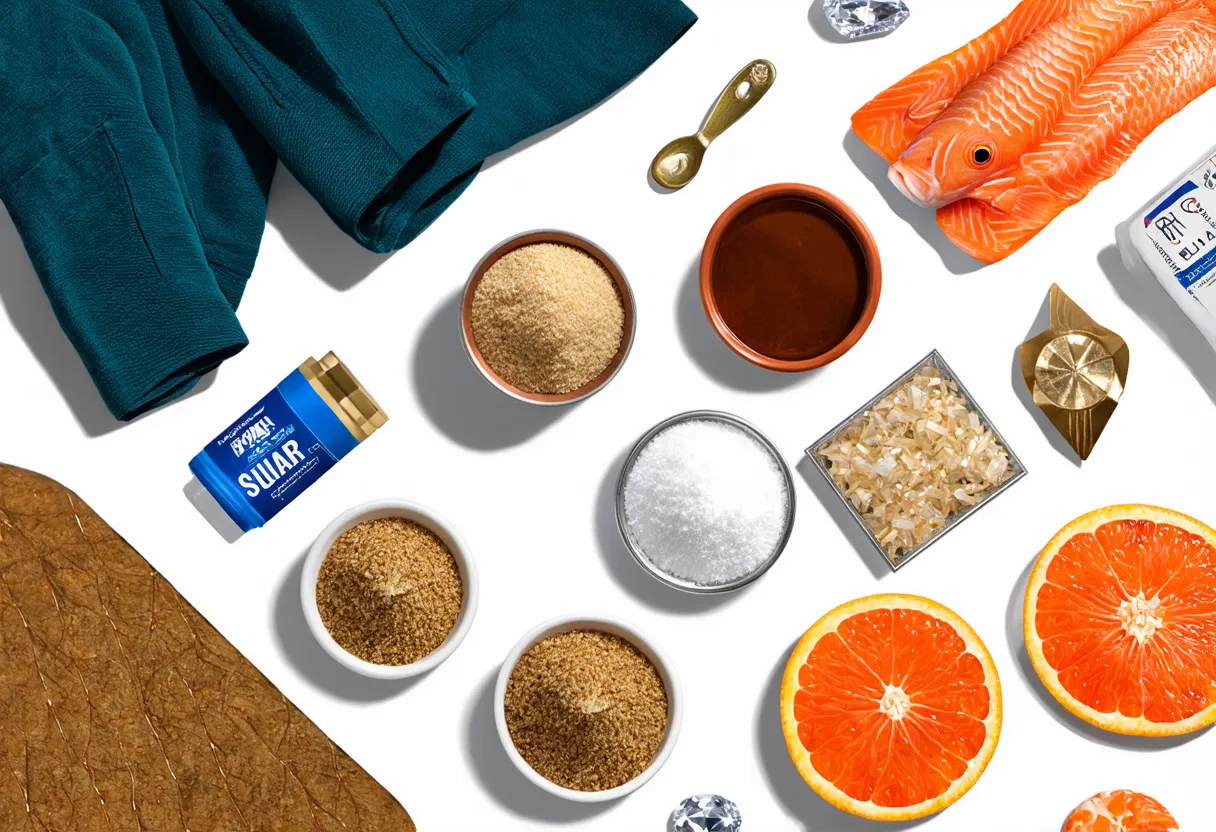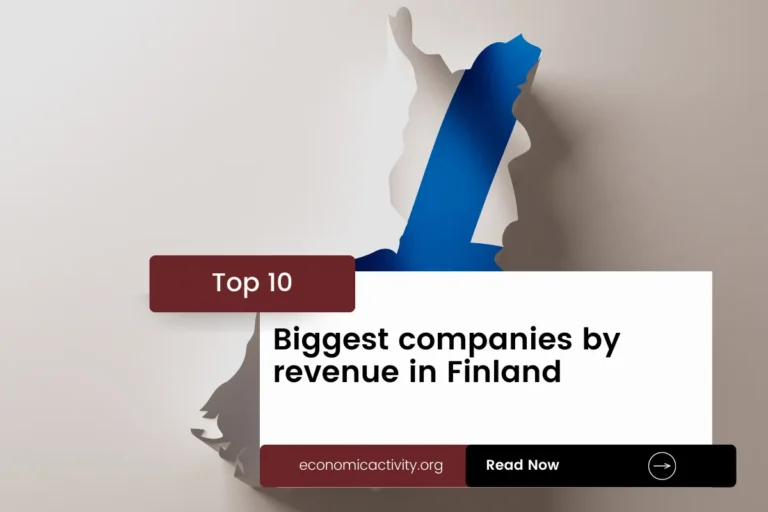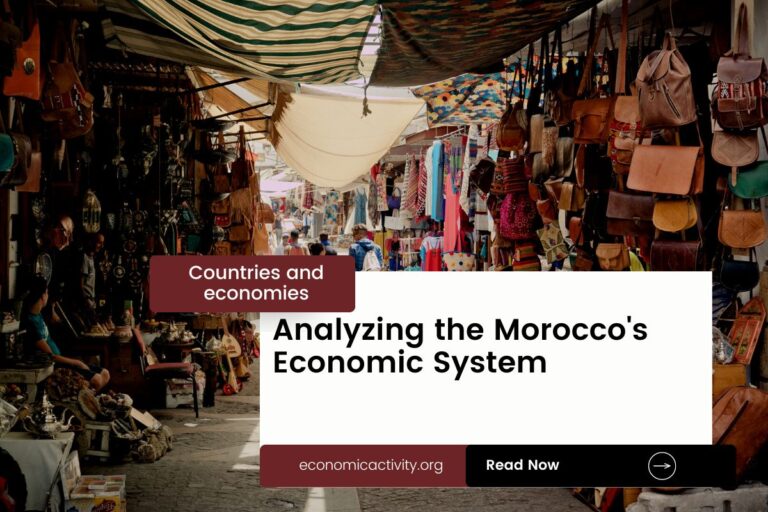Mauritius, with a population of 1,262,523, is ranked 149th in the world, just behind Estonia. Located in the Indian Ocean, it covers a total area of 2,007 square kilometers, ranking 162nd globally, below Luxembourg.
Mauritius, a small island nation in the Indian Ocean, has a relatively stable economic position in 2022. With a GDP of $12,948,726,653.81, it is ranked 138th globally, just behind Malawi whose GDP stands at $13,164,667,626.94. In terms of GDP per capita, Mauritius ranks 75th with $10,256.23, trailing behind Turkiye with a GDP per capita of $10,674.50.
Despite facing challenges, Mauritius continues to focus on diversifying its economy, particularly in sectors such as tourism, financial services, and information technology, to ensure sustained growth and development.
What are the economic activities of Mauritius?
- Primary activities: 4% of GDP.
- Secondary activities: 21.8% of GDP.
- Tertiary activities: 74.1% of GDP.

Primary Sector of Mauritius
Mauritius’ primary sector, dominated by agriculture, thrives due to its tropical climate and abundant natural resources. With 43% of the land dedicated to agriculture, the country produces a diverse range of products including sugarcane, chicken, pumpkins, eggs, potatoes, and more.
Despite agriculture contributing 4% to the GDP, the sector plays a crucial role in the economy. The variety of crops and animal products not only sustains the agricultural sector but also supports local consumption and export, highlighting the sector’s importance in ensuring food security and economic stability.
The country’s geological diversity, ranging from volcanic to coastal regions, provides a rich resource base. Arable land supports agriculture, while abundant fish stocks drive the fishing industry, contributing significantly to the economy.
Secondary Sector of Mauritius
What is the secondary sector or what are secondary activities?
The secondary sector comprises industries that transform raw materials from primary activities into finished products for consumption. In Mauritius, main industrial products include sugar milling in food processing, textiles, clothing, chemicals, metal products, transport equipment, and nonelectrical machinery.
Manufactures in Mauritius’ total exports are significant at 47.1% in 2023, indicating a diverse economy with strong industrial capabilities.
Tertiary sector of Mauritius
What is the tertiary sector or what are tertiary activities?
The tertiary sector in Mauritius encompasses a wide range of services where individuals provide knowledge and time to enhance productivity and meet societal needs. Key activities in Mauritius include restaurants, healthcare, education, banking, communication, tourism, and transportation. These services play a crucial role in driving the country’s economy and improving the quality of life for its citizens.
Highlighting these, Mauritius heavily relies on tourism, contributing significantly to its economy. With 1,418,000 annual arrivals, surpassing its population, popular destinations like Flic en Flac and Grand Baie beaches attract visitors globally. The government focuses on promoting sustainable tourism to maintain this vital industry’s growth.
Another example of tertiary economic activity is the mobile cellular economic sector, with over 2 million subscriptions, equating to 161 per 100 inhabitants. This connectivity fosters technological growth, enhancing innovation and digital services.
Military Activities and Economic Sectors of Mauritius
The military is a clear example of how different economic activities work together. In the primary sector, resources are extracted for military use. The secondary sector includes the manufacturing of military equipment. The tertiary sector covers services provided by the military, while the quaternary sector focuses on military research and development. Lastly, the quinary sector involves high-level military decision-making and strategy.
In Mauritius, the military expenditure for 2023 is $22.5 million, which is 0.17% of the GDP. The active military force has 319 personnel, resulting in about 1.9 active military members per 1,000 people. This data shows how economic activities support the military in various ways.
International Trade of Mauritius
Import Activities of Mauritius

The import activities of Mauritius are of high importance, accounting for 62.78% of the country’s GDP in 2023.
Mauritius imports a variety of goods, including refined petroleum, coal, fish, cars, and packaged medicine. Its main import partners are China (16%), South Africa (10%), UAE (9%), India (9%), and Oman (8%).
Exports Activities of Mauritius

Mauritius’ total exports in 2023 amounted to 1.85 billion USD, representing 56.66% of its GDP. With such a high percentage, export activities play a crucial role in driving the country’s economy.
Mauritius exports garments, fish, raw sugar, fertilizers, and diamonds. Its top export partners are Zimbabwe (11%), South Africa (11%), France (10%), Madagascar (8%), and the US (7%).
Mauritius economy challenges in 2024
In 2024, Mauritius faces challenges in rebuilding its tourism sector post-COVID-19, while investing in maritime security. The country’s economy, reliant on services, is expanding in information and financial sectors, but environmental fragility remains a concern.




Leave a Reply